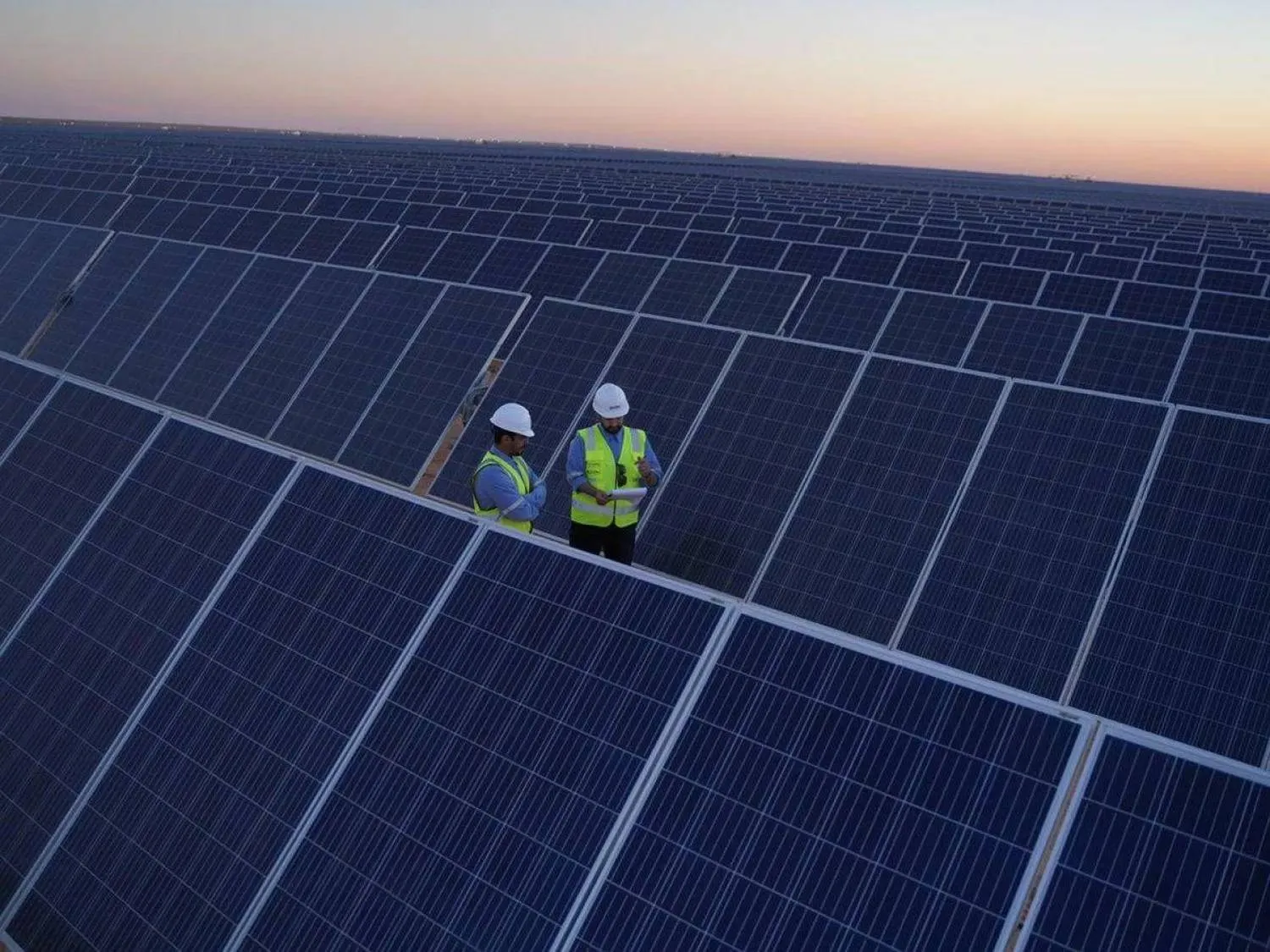Saudi support for the Pakistani economy constituted a safety valve for its stability and continuity, allowing it to face economic repercussions.
Asharq Al-Awsat monitored recent agreements between Riyadh and Islamabad, revealing that Saudi support has doubled in the last four years, exceeding $21.64 billion, in a diversified portfolio including aid, support, investment, and deposits.
In recent years, successive Pakistani governments faced several economic crises and a difficult financial situation resulting from multiple global financial problems, the repercussions of the coronavirus pandemic, the Russian-Ukrainian war, high inflation rates, and energy prices.
However, Saudi support to the Pakistani economy contributed to its survival by helping it fulfill its obligations towards banks and international financial institutions, pushing the Pakistani economy towards overcoming these crises, supporting foreign currency reserves, and enabling it to grow sustainably.
Saudi Arabia provided about $5.4 billion to finance Pakistan’s oil derivatives through the Saudi Fund for Development. In October 2021, it offered about $1.2 billion to finance the Pakistani oil derivatives trade and support the state.
In November, the Saudi Fund for Development deposited $3 billion to the Central Bank of Pakistan to address the economic plunge in the country and support its foreign currency reserves.
The Saudi government extended the deposit term in December and announced last week its intention to consider increasing the amount.
In August, the Custodian of the Two Holy Mosques, King Salman bin Abdulaziz, gave directives to invest $1 billion in the Pakistani economy.
Crown Prince Mohammed bin Salman also gave directives last week, to study and increase the Kingdom's investments in Pakistan to reach 10 billion dollars.
Economic reports indicate that the trade exchange between Saudi Arabia and Pakistan reached $4.2 billion during the second quarter of 2022.
About 1.1 million Pakistanis work in Saudi Arabia, with remittances during the past fiscal year estimated at $4.4 billion, constituting an essential tributary to the Pakistani economy.
Since 2019, the Pakistani economy has been going through a difficult phase and financial distress amid economic crises, notably the severe shortage in foreign exchange reserves, reaching $5.6 billion, the lowest level in about nine years.









